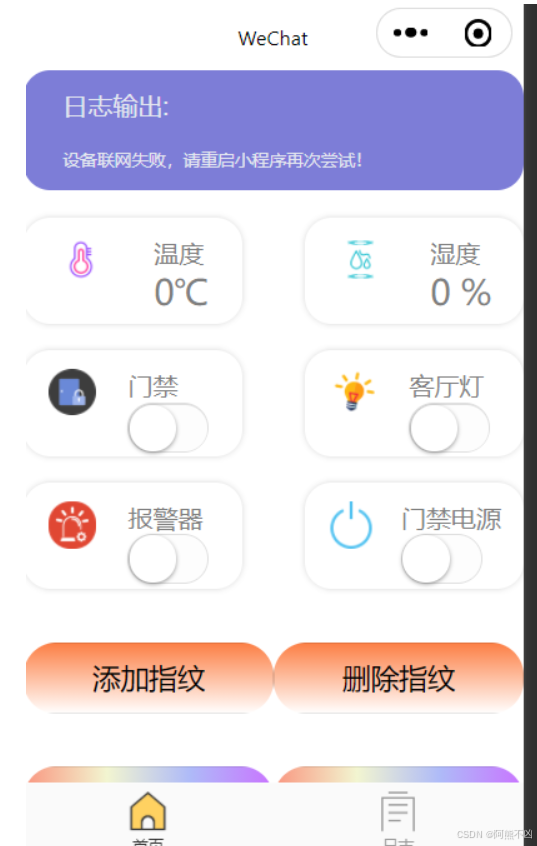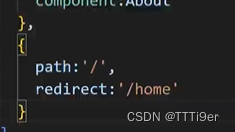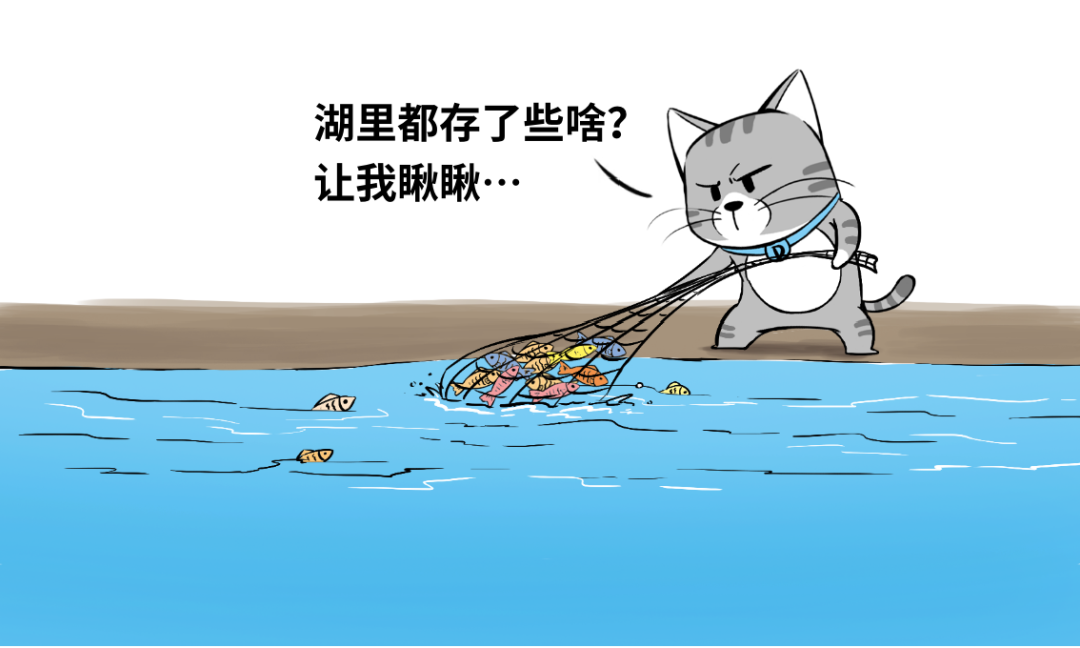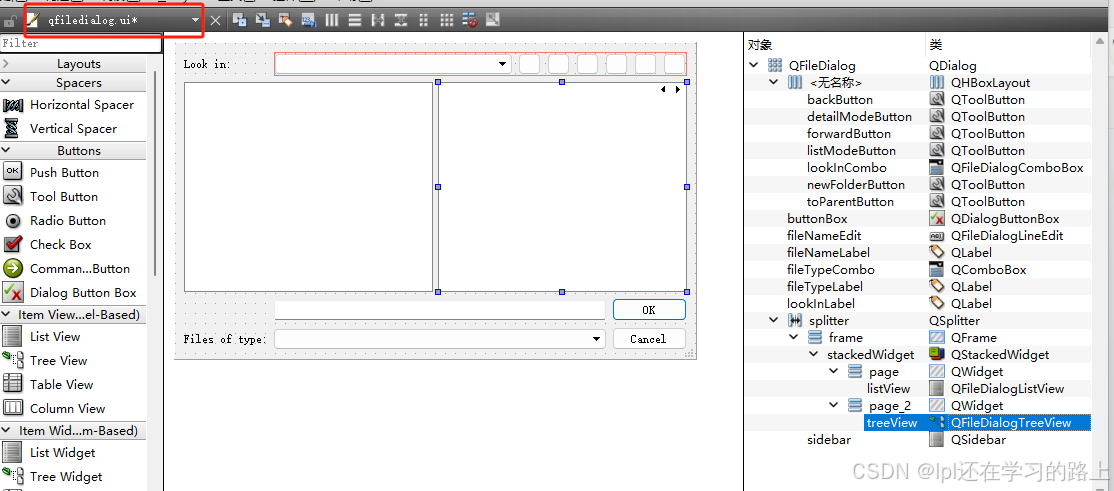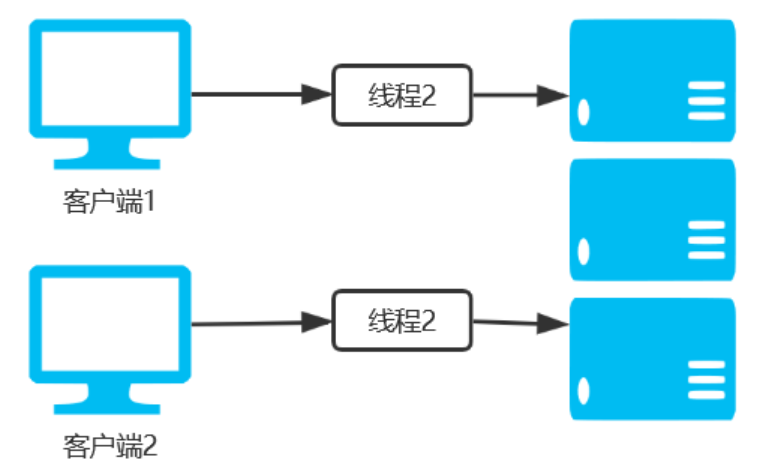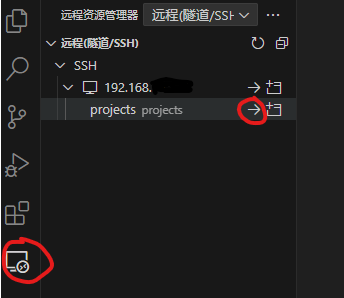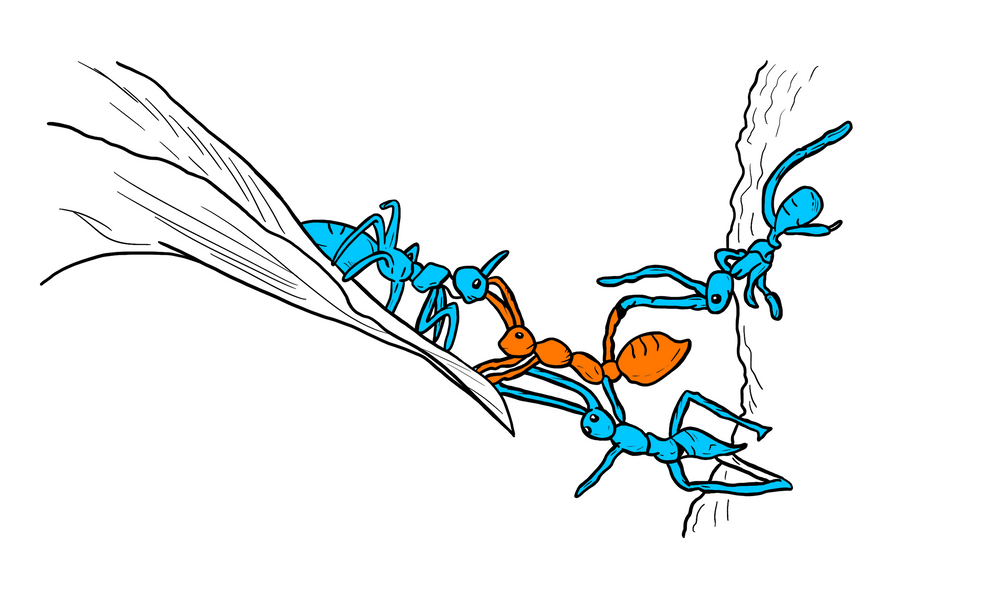
蚁群算法(Ant Colony Optimization, ACO)由意大利学者马尔科·多里戈(Marco Dorigo)于1992年在其博士论文中首次提出。灵感来自于自然界中的蚂蚁群体行为,特别是蚂蚁在寻找食物过程中所展示的路径优化能力。蚁群算法属于一种基于群体智能的优化算法,通过模拟蚂蚁在路径上释放信息素的行为来解决复杂的优化问题。
数学原理

蚁群算法的基本思想是通过模拟蚂蚁在路径上释放和挥发信息素的过程,逐步找到问题的最优解。其核心步骤如下:
-
初始化信息素矩阵:为所有路径初始化相同量的信息素。
-
路径选择:蚂蚁根据路径上的信息素浓度和启发式信息(如距离)选择下一步要走的路径。路径选择概率公式为:
其中,是路径 上的信息素浓度,是启发式信息(通常是路径的倒数), 和 分别是信息素和启发式信息的相对重要性参数。
-
信息素更新:蚂蚁完成路径后,根据路径长度更新信息素。信息素更新公式为:
其中, 是信息素挥发系数,是蚂蚁在路径上释放的信息素量,通常与路径长度成反比。
-
迭代:重复路径选择和信息素更新步骤,直到满足终止条件(如达到最大迭代次数或路径长度不再显著变化)。
应用场景
蚁群算法具有广泛的应用场景,主要包括但不限于以下领域:
-
旅行商问题(TSP):最初被用于解决TSP问题,即在给定一组城市中找到最短的巡回路径。

-
物流和交通:用于优化物流配送路径、车辆路径规划和交通信号控制等问题。
-
网络路由:在计算机网络和通信网络中,用于动态路由选择以提高网络效率。
-
生产调度:在制造业中,用于优化生产计划和调度,减少生产成本和时间。
-
图像处理:用于图像分割、边缘检测等图像处理任务。
Python 可视化实现
下面是一个使用Python实现蚁群算法解决旅行商问题并进行可视化的示例:
import numpy as np
import matplotlib.pyplot as plt
import random
# 定义城市坐标
cities = np.array([
[0, 0], [1, 5], [5, 6], [7, 8], [8, 8], [9, 5],
[8, 0], [6, 1], [3, 2], [1, 1]
])
# 计算距离矩阵
def calculate_distance_matrix(cities):
num_cities = len(cities)
distance_matrix = np.zeros((num_cities, num_cities))
for i in range(num_cities):
for j in range(num_cities):
if i != j:
distance_matrix[i, j] = np.linalg.norm(cities[i] - cities[j])
return distance_matrix
# 初始化参数
num_ants = 10
num_iterations = 100
alpha = 1.0 # 信息素重要性
beta = 2.0 # 启发式因子重要性
rho = 0.1 # 信息素挥发系数
Q = 1.0 # 信息素强度
# 初始化信息素矩阵
num_cities = len(cities)
pheromone = np.ones((num_cities, num_cities))
# 路径选择函数
def choose_next_city(pheromone, visibility, current_city, visited):
probabilities = []
for i in range(num_cities):
if i not in visited:
probabilities.append((pheromone[current_city, i] ** alpha) * (visibility[current_city, i] ** beta))
else:
probabilities.append(0)
probabilities = probabilities / np.sum(probabilities)
return np.random.choice(range(num_cities), p=probabilities)
# 主循环
distance_matrix = calculate_distance_matrix(cities)
visibility = 1 / (distance_matrix + np.diag([np.inf] * num_cities))
best_path = None
best_distance = np.inf
for iteration in range(num_iterations):
all_paths = []
all_distances = []
for ant in range(num_ants):
path = [random.randint(0, num_cities - 1)]
visited = set(path)
while len(visited) < num_cities:
next_city = choose_next_city(pheromone, visibility, path[-1], visited)
path.append(next_city)
visited.add(next_city)
distance = np.sum([distance_matrix[path[i], path[i + 1]] for i in range(num_cities - 1)])
distance += distance_matrix[path[-1], path[0]] # 回到起点
all_paths.append(path)
all_distances.append(distance)
if distance < best_distance:
best_path = path
best_distance = distance
# 更新信息素
pheromone = (1 - rho) * pheromone
for path, distance in zip(all_paths, all_distances):
for i in range(num_cities - 1):
pheromone[path[i], path[i + 1]] += Q / distance
pheromone[path[-1], path[0]] += Q / distance
# 可视化最优路径
plt.figure(figsize=(10, 10))
for i in range(num_cities):
plt.scatter(cities[i, 0], cities[i, 1], color='red')
plt.text(cities[i, 0], cities[i, 1], str(i), fontsize=12, color='blue')
for i in range(num_cities - 1):
plt.plot([cities[best_path[i], 0], cities[best_path[i + 1], 0]],
[cities[best_path[i], 1], cities[best_path[i + 1], 1]], color='green')
plt.plot([cities[best_path[-1], 0], cities[best_path[0], 0]],
[cities[best_path[-1], 1], cities[best_path[0], 1]], color='green')
plt.title(f'Best Path: {best_path}\nDistance: {best_distance:.2f}')
plt.xlabel('X Coordinate')
plt.ylabel('Y Coordinate')
plt.grid(True)
plt.show()
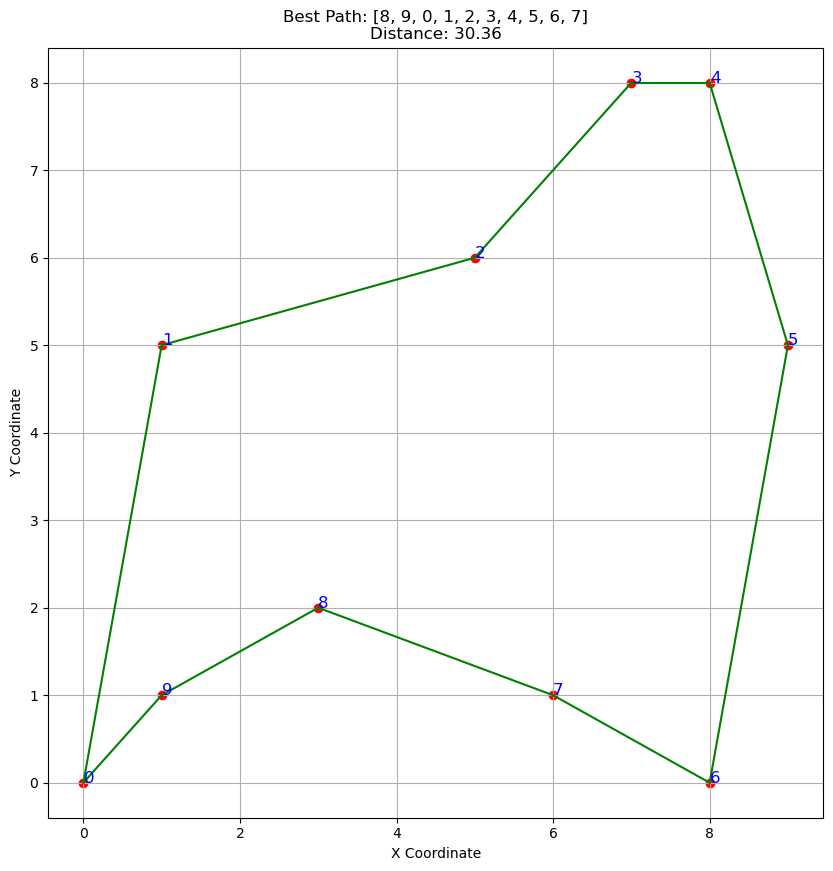
以上代码实现了蚁群算法解决旅行商问题的基本流程,并通过可视化展示了最优路径和总距离。蚂蚁根据路径上的信息素浓度和启发式信息选择下一步城市,通过不断迭代更新信息素,逐步找到最优解。
图着色问题要求用最少的颜色给图的每个顶点着色,使得相邻顶点颜色不同。
import numpy as np
import networkx as nx
import matplotlib.pyplot as plt
import random
# 图着色问题的蚁群算法实现
class AntColonyOptimizationForGraphColoring:
def __init__(self, graph, num_colors, num_ants, num_iterations, alpha=1.0, beta=2.0, evaporation_rate=0.5, pheromone_init=0.1):
self.graph = graph
self.num_colors = num_colors
self.num_ants = num_ants
self.num_iterations = num_iterations
self.alpha = alpha
self.beta = beta
self.evaporation_rate = evaporation_rate
self.pheromone = pheromone_init * np.ones((len(graph.nodes), num_colors))
self.best_coloring = None
self.best_score = float('inf')
def solve(self):
for iteration in range(self.num_iterations):
all_colorings = []
for _ in range(self.num_ants):
coloring = self.construct_solution()
all_colorings.append(coloring)
score = self.evaluate_coloring(coloring)
if score < self.best_score:
self.best_score = score
self.best_coloring = coloring
self.update_pheromone(all_colorings)
print(f"Iteration {iteration+1}/{self.num_iterations}, Best Score: {self.best_score}")
return self.best_coloring
def construct_solution(self):
coloring = [-1] * len(self.graph.nodes)
for node in self.graph.nodes:
probabilities = self.compute_probabilities(node, coloring)
if np.isnan(probabilities).any():
probabilities = np.ones(self.num_colors) / self.num_colors
color = np.random.choice(range(self.num_colors), p=probabilities)
coloring[node] = color
return coloring
def compute_probabilities(self, node, coloring):
pheromone = self.pheromone[node]
heuristic = np.ones(self.num_colors)
for neighbor in self.graph.neighbors(node):
if coloring[neighbor] != -1:
heuristic[coloring[neighbor]] = 0
probabilities = (pheromone ** self.alpha) * (heuristic ** self.beta)
if probabilities.sum() == 0:
probabilities = np.ones(self.num_colors)
return probabilities / probabilities.sum()
def evaluate_coloring(self, coloring):
conflicts = 0
for edge in self.graph.edges:
if coloring[edge[0]] == coloring[edge[1]]:
conflicts += 1
return conflicts
def update_pheromone(self, all_colorings):
self.pheromone *= (1 - self.evaporation_rate)
for coloring in all_colorings:
score = self.evaluate_coloring(coloring)
for node, color in enumerate(coloring):
self.pheromone[node][color] += 1 / (1 + score)
# 生成随机图
def generate_random_graph(num_nodes, edge_prob):
graph = nx.gnp_random_graph(num_nodes, edge_prob)
return graph
# 可视化图结构
def visualize_graph_structure(graph, title):
pos = nx.spring_layout(graph)
nx.draw(graph, pos, with_labels=True, node_size=500, node_color='lightblue', edge_color='gray')
plt.title(title)
plt.show()
# 可视化着色结果
def visualize_graph_coloring(graph, coloring, title):
pos = nx.spring_layout(graph)
colors = [coloring[node] for node in graph.nodes]
nx.draw(graph, pos, node_color=colors, with_labels=True, node_size=500, cmap=plt.cm.rainbow)
plt.title(title)
plt.show()
# 参数设置
num_nodes = 10
edge_prob = 0.3
num_colors = 3
num_ants = 10
num_iterations = 100
# 生成随机图
graph = generate_random_graph(num_nodes, edge_prob)
# 可视化原始图结构
visualize_graph_structure(graph, "Original Graph Structure")
# 蚁群算法求解图着色问题
aco = AntColonyOptimizationForGraphColoring(graph, num_colors, num_ants, num_iterations)
best_coloring = aco.solve()
# 可视化着色结果
visualize_graph_coloring(graph, best_coloring, f'Graph Coloring with Ant Colony Optimization (Conflicts: {aco.best_score})')
原始图结构:
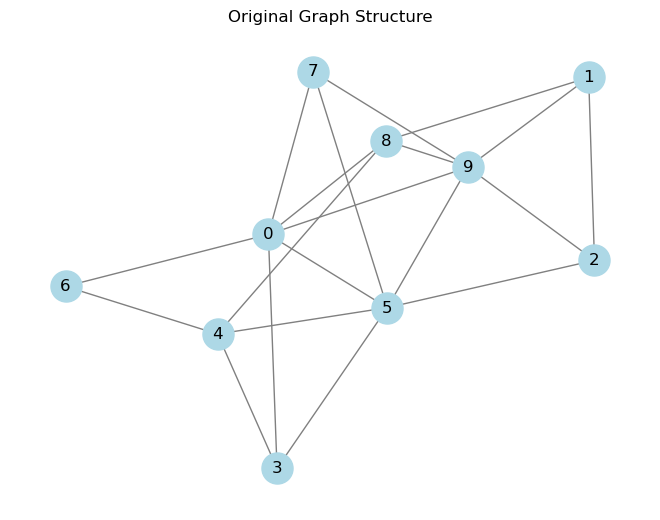
图着色问题结果:
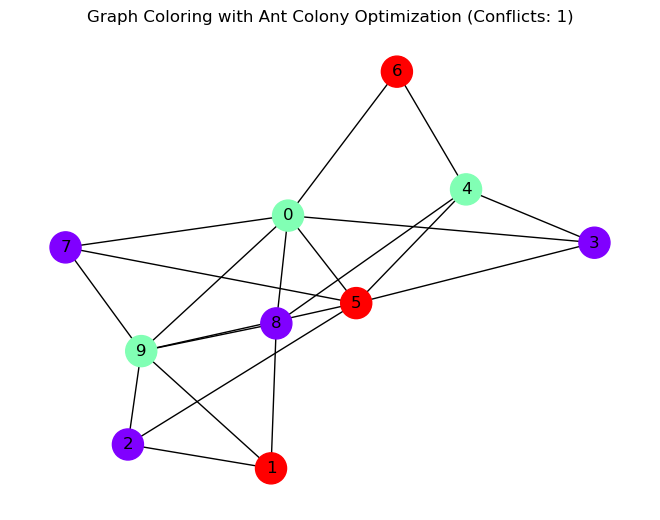
以上内容总结自网络,如有帮助欢迎转发,我们下次再见!
